Copper, Brass, or Aluminum: Best Bus Bar Materials
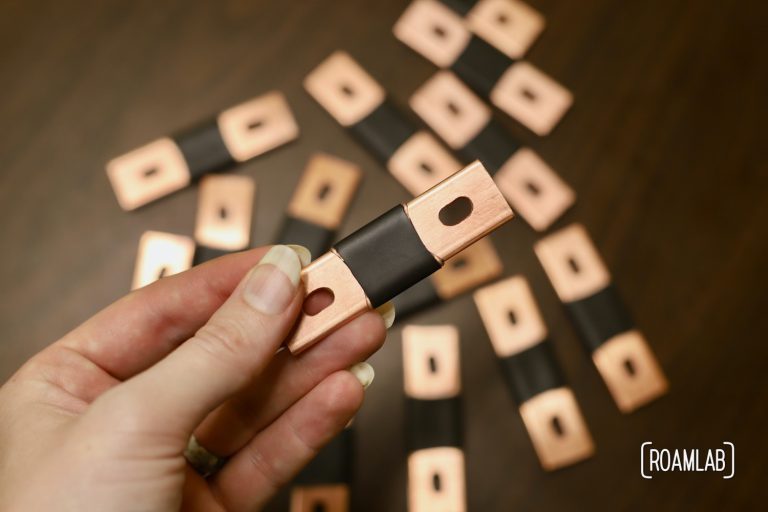
Dive into copper, brass, and aluminum: three conductive metals for high current electrical connections as bus bars in our DIY lithium battery series.
While our 1970 Avion C11 was originally built to run on a combination of propane and shore power, our truck camper now runs 100% on electric power. We manage this with an extensive array of solar panels and two large LiFePO4 batteries that we assembled ourselves. This project has been a long and heavily researched process culminating in us assembling the entire system ourselves. With this power infrastructure, we are able to live off-grid for long periods of time.
[mkdf_button size=”” type=”outline” text=”Learn More” custom_class=”” icon_pack=”font_awesome” fa_icon=”” link=”https://roamlab.com/diy/electrical/” target=”_self” color=”” hover_color=”” background_color=”” hover_background_color=”” border_color=”” hover_border_color=”” font_size=”” font_weight=”” margin=”0 0 32px 0″]

Dive into copper, brass, and aluminum: three conductive metals for high current electrical connections as bus bars in our DIY lithium battery series.
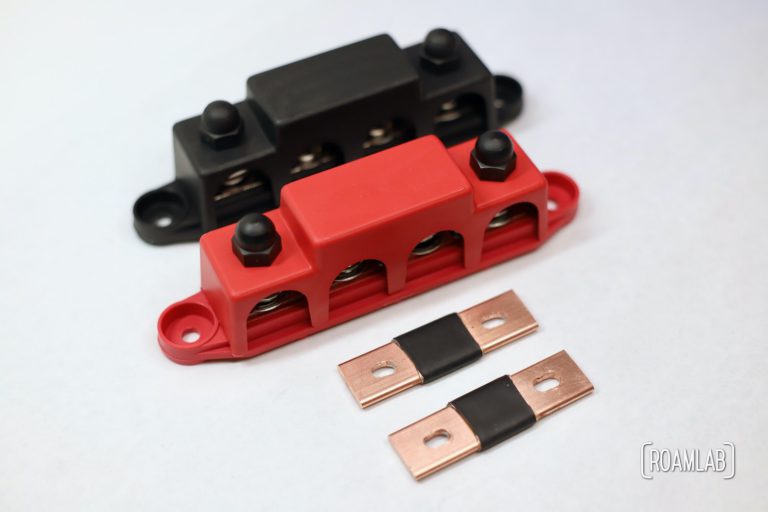
Bus bars (busbars) are short strips of conductive metal for high current electric connections. Learn how we build DIY bars for lithium battery cells.
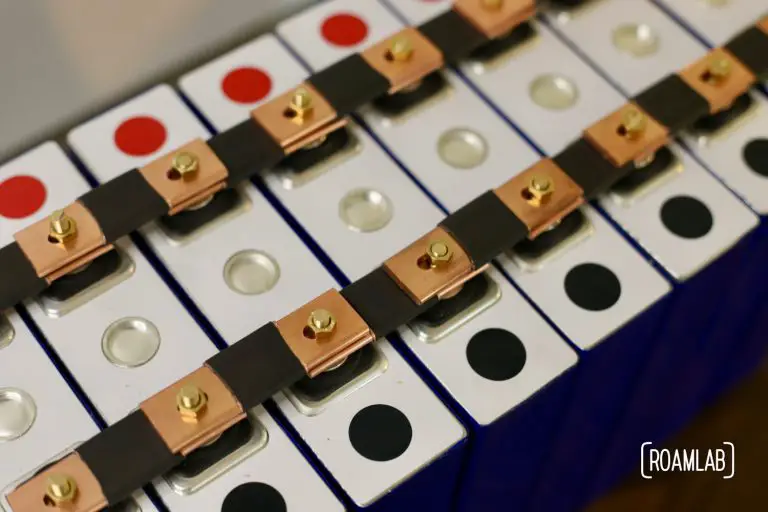
Learn how to connect 3.2V 180Ah LiFePO4 battery cells in parallel & series to build the optimal voltage potential and amp-hours for our DIY lithium battery.
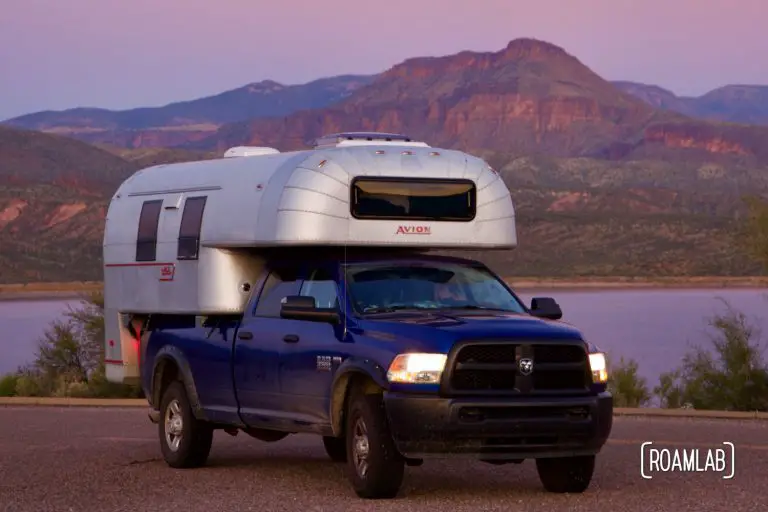
Learn the ins and outs of battery chemistry, voltage, amperage, and dimensions to pick out the ideal Lithium Iron Phosphate battery for your camper.

Weighing the pros and cons between lead acid and lithium batteries such as wet cell, gel cell, AGM, and LiFePO4 to pick the best camper battery.

To know how large of an electrical system we need, we need to estimate our consumption. It's a task that seems simple at first, until you really sit down to think through all the variables. To know our power draw, we need to know what appliances we will be using but we are holding off on buying those high ticket items until we have our power system in place. So, this is a process of educated guesses and many rabbit holes. Many of the numbers in this post are derived from much more involved research broken out in other posts. But here is as close to a summary as I, the obsessive documenter, can manage.
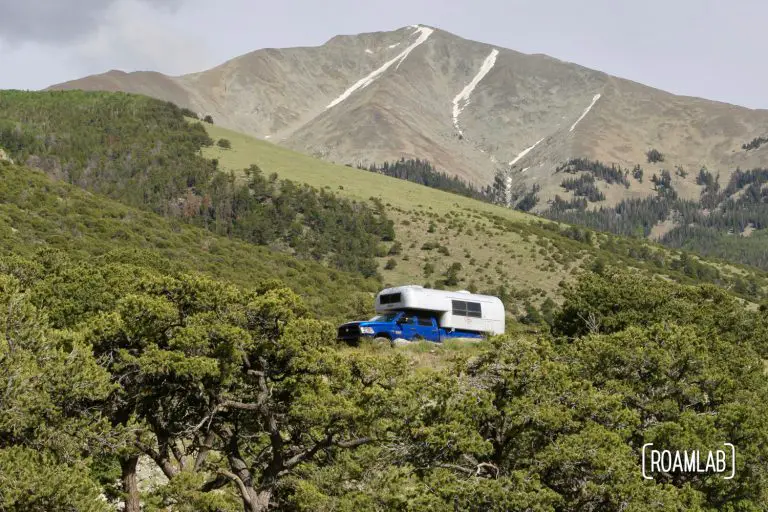
There are many units of measurement, metric and imperial, that I am very familiar with. But lumens is such an ephemeral value that shopping for lighting becomes very confusing. Lumens are a measurement of brightness. The more light a bulb puts out, the more lumens and power. As there is no "one size fits all" solution for lighting, there's a lot of math and a bit of art to determining what lighting is appropriate for a space.
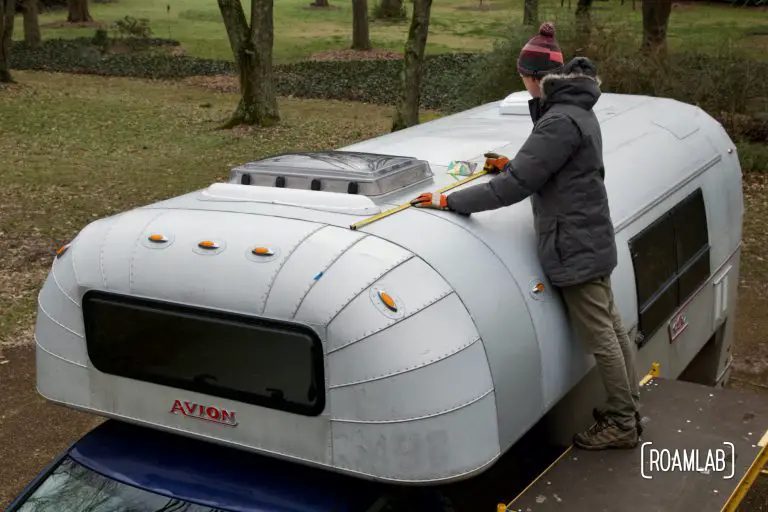
Shopping for solar panels is a daunting task. There are so many sizes, form factors, and brands as to make us want to throw up our hands and buy the first result on Amazon. And that can work, if solar…
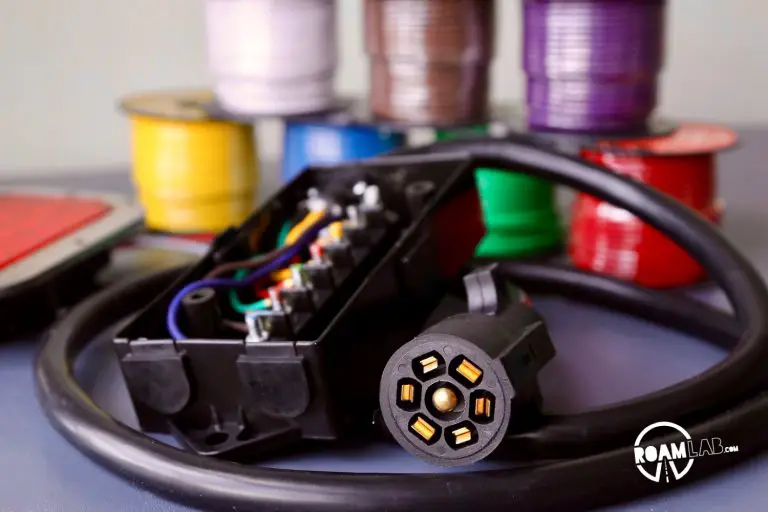
Towing a trailer or large load requires special safety concerns when on the road. While specific requirements may vary by state, the requirements for lighting is pretty consistent: brake, clearance, and license plate lights. These are all connected to the…

An important part in optimizing one's electrical system for boondocking is knowing what one's consumptions will be. If one already has the experience of being on the road, all one needs to do is monitor one's consumption. Sure, we have been nomads for 2 years. But that has been a matter of cooking over camp fires and working in coffee shops, libraries, or truck stops. To guess at our battery usage with all the conveniences of an RV, we an run the numbers to get a vague idea of what is to come.